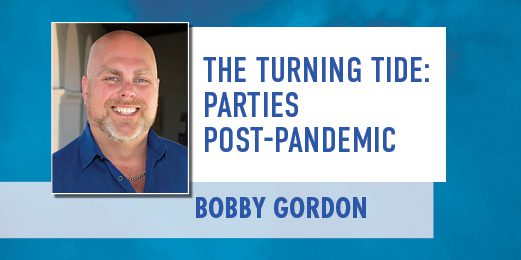
The Turning Tide: Parties Post-Pandemic
It’s time to have a frank and honest conversation. Even during the nationwide COVID pandemic shutdown, some college students were indeed continuing to host and attend social events with little regard for health, safety and risk management policies. When we return to campus this fall, how willing will organizations and their members be to follow well-established guidelines, beyond COVID protocols, intended to decrease high-risk drinking and negative related consequences? My guess is, based on our track record so far in 2021, not very.
This spring and summer we’ve seen a wave of increased alcohol- and drug-related incidents that have resulted in serious injuries and deaths. The State of Ohio just passed new laws which strengthen felony-level penalties for coercion to consume drugs and alcohol related to hazing and similar activities. The opioid epidemic did not disappear in the wake of COVID, and, meth is now seeing a resurgence in our communities as pandemic protocols wind down.
What’s the solution? That’s the million-dollar question. If anyone had the answer and a true, comprehensive solution, we’d have conquered alcohol and other drug related abuse problems on campuses years ago. What we now face is a new realty combined with a rich history of significant problems left unsolved for years. Where students may feel invincible, that their past year-plus was unfairly taken away, and where they feel they are entitled to catch up for lost time. Personally, I don’t blame students for feeling that way. However, understanding personal responsibility and taking into account informed decision making didn’t just disappear with the COVID pandemic—or did it?
It’s my hope that campuses and campus organizations invest in proactive solutions to help prevent more deaths and alcohol/other drug related incidents from occurring. It takes more than a policy to make an impact. It takes individual student acknowledgement that there indeed is a problem, that your individual campus or organization is indeed not immune to these problems, and then action to proactively plan and educate the campus community as to what is acceptable behavior and what related outcomes, or consequences, may be based on those behaviors. It’s time to stop turning a blind eye and “hoping for the best” as we reopen campuses and return to events this fall. Translate that hope into action—proactive action on a frequent basis—and utilize campus and community resources at your disposal at multiple levels. We can make a return to learn safely while still having fun, without continuing the pattern of abuse leading to tragedy. I and others like me are here to help. Let’s make a difference.
